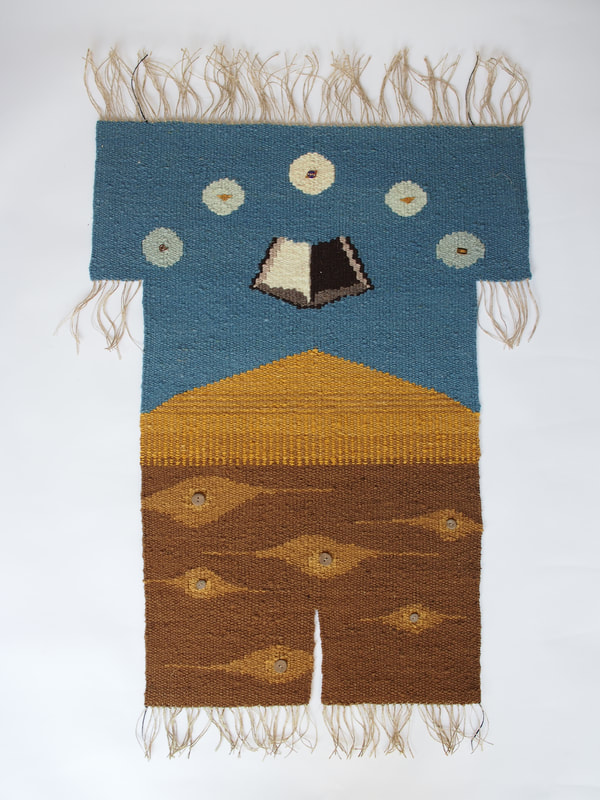 Progress Cycles 2023 Tapestry 23” x 32” Homegrown, hand processed and handspun flax>linen warp; handspun gifted Vermont wool; studio-grown indigo, locally foraged black walnut and dyer’s polypore natural dyes; handmade pottery buttons by the artist’s father; NASA service pins belonging to the artist’s paternal grandfather This body of work that I’m calling Landcestors grew out of the natural fiber and dye materials that I’ve been growing, processing and creatively collaborating with for several years. Being in intimate conversation with the land through these materials inspired me to explore the possibilities of intertwining human and land stories and forms. I started with the premise that the earth is made of the same elements as the human body and experiences change and trauma as do people. Loosely using the body form as landscape, map and timeline, these pieces bear witness to the confusing nature of trauma, on both bodies and land, while simultaneously suggesting the regenerational possibilities available in the body and in the land. My vision is that the generous natural materials of Landcestors, being so close to their origins in the land, can lend themselves to reconciling and integrating the shards and twisted narratives of personal and cultural histories in ways that evoke wholeness.
Two of these torso-shaped tapestries hold elements of my personal ancestral stories, conceived as landscapes. One tapestry imagines the emergent nature of the earth in human form. And one tapestry considers the landscapes we hold inside our earthy, watery bodies. The creation of these works was supported by the Vermont Arts Council.
3 Comments
Springtime in the northern woods is amazing. I hope a lot more folks are getting to enjoy it as the world slows down and we try to stay distanced. In Vermont, the spring ephemeral wildflowers are simple joy embodied, along with birdsong, glowing green moss and hints of tree leaves popping out. This is also the best time of year to forage windfallen lichens for dyeing, after winter storms and ice have dislodged many from the surfaces they cling to. As I go on long wanders in my surrounding woods, I’ve been picking up bits of Parmelia sulcata and Hypogymnia physodes to mix together in a dyebath. These “boiling water lichens” or “crottles” in their Scottish vernacular, dye lovely rusty browns and golden oranges when extracted with simmering water, but you need a very high ratio of lichen to fiber to get the richest colors. I haven’t used them much because of the difficulty of sustainably gathering the quantities needed to dye enough yarn for a project.
With the holiday craft show season underway, I am compelled to finish and publish this draft post that has been percolating for a while. I know most of you who will read it are probably on the same page as me and not the ones asking the question above. One of the joys of my work is having conversations with interested, appreciative folks at shows and explaining how I make these hats (and now headbands and scarves!). Often the people who really look closely and delve deep into the best questions and thoughts are either artists themselves, or a kindred spirit in farming, foraging, gardening or nature study. It is so wonderful to connect. Three or four of these mutually adoring conversations over the course of a weekend sustain my soul. And when they lead to a sale, the support is material as well. The gaps in between such bliss are usually peppered with people walking past my booth, picking up the price tag on the hat closest to the aisle and reacting in shock and horror to what they see. Sometimes the tag is dropped as if it has administered an actual electric shock; sometimes it is carefully tucked back into the hat while the shopper relays in a stage whisper to her companion, “can you believe these hats are $265!?” Often people come into the booth saying how cute the hats are, try on several, then notice the price tag and quickly apologize and leave. My work is priced in the low end of the range of what’s available at fine craft shows. Yet, the top question I get asked is some variation on “Why are these hats so expensive?!” I am lucky when I actually get the question, because it is an opportunity to engage and explain, not just be the trigger of someone’s offense or embarrassment.
I want to share an exercise that I used to start off the foraging part of my workshop in August. In thinking about what would be valuable for students to take away with them, I reflected on the things that foraging and growing natural dyes has taught me beyond the practical steps to transferring color to fiber, such as: new modes of being in the ecosystems around me, a way working with the sensitivity I have always felt towards non-human forms of life, and an intention to remain open to the possibilities of learning from the organisms that provide my dyes. These lessons mirror and support a whole philosophy of living slow, observing deeply, and exploring not just a creative practice, but an ethical and socially engaged life as well.
After a wonderful and tiring holiday show season, I did a bit of a creative cleanse. Instead of going right back to my dyes and yarn, I picked up a pencil and some wood gouges and put form to some of the ideas in the book Sacred Economics by Charles Eisenstein. My ongoing curiosity with alternative economics and my dis-ease with money as it is, brought me to the book some time ago. I ran the idea of creating the currency that would embody a sacred economic system by my friend John Vincent, who runs A Revolutionary Press in New Haven, Vermont. His press is a non-profit that prints broadsides with broad revolutionary themes and funnels all of its profits to front line social and environmental organizations. He encouraged me to explore the ideas visually, and when I had a design, we collaborated via email to set type to fill in the spaces of my woodblock print. On the frigid and beautiful day of January 11th, I drove up to his shop and we minted the first run of our currency. It was a 5-step, 12-hour process to print about 70 double-sided pieces with the woodblocks, letterpress type and die cut. Since then John has minted about 350 more.
Heads up that this is a completely non-philosophical post! I've been participating in a group of US-based growers who are trialling saffron as a cash crop. The research group is based at the University of Vermont in Burlington, VT, so I attended their first annual conference last year, planted 500 saffron corms on my own land, and just recently completed a series of dye experiments using different parts of the saffron flower. The stigmas, or female parts of the flower are the expensive spice. Stamens and petals are usually waste materials. I heard that another grower was selling stamens to Buddhist monks for dyeing robes, so I thought I'd experiment with my own crop, augmented by donations of stamens and petals from some other growers on our listserve. (It takes A LOT of stamens to get a usable weight of dyestuff to play with!)
The following content is the report that I wrote up for the rest of the saffron growing community. I'm putting it here as a view into some of the side activities that go on in my studio and also to illustrate the trial and error involved in figuring out how a dye material works. Hopefully my experiments will prove useful to anyone else wanting to dye with saffron and I welcome comments from anyone who has discovered other methods that work with stamens and petals. This Christmas finds me thinking deeply about gifts. Not the wrapped items under the tree so much as a philosophy built on a virtuous circle of generosity. And a system called the Gift Economy, which acts on an entirely different axis than our capitalist economy. Thwarted by a snow storm from visiting family today, my dog and I opted for a long snowshoe up the ridge behind my house to the Lily Pond. It’s a familiar tromp for me and it was fun to say hi to the spots where I picked dye mushrooms just a few months ago now all blanketed in white. When I collect wild stuff for dyes, I don’t pay for it. But I do pay attention to what I am doing, acknowledge the joy of discovery, take a moment to study the living plant or mushroom before I pick it, and make sure to never take more than would be sustainable for a particular patch. When I started foraging a few years ago, I could sense first-hand what it felt like to be greedy with Nature’s gifts. The usually enjoyable activity of walking in the woods felt icky if I was trying to load up on and possess these scarce and beautiful beings that were sitting so perfectly in their home environments. I’ve been reading Robin Wall Kimmerer’s Braiding Sweetgrass which has given not only validation to my practice of paying attention to how I forage, but a framework for reciprocity with the land based on the concept of the gift economy. By taking the time to have a relationship with the wildflower and mushroom patches year after year, I learn their habits, can watch when and where they appear, if they seem stressed or vigorous, and only if there is a bounty do I read it as being a gift for me to gather. In turn, I do what I can to protect and enhance their environments and I spread their spores and seeds through the slats of my baskets. They should flourish more and more through the attention and respect I offer. I don’t need huge quantities of any of these precious dye bearing bodies to make the quantities of hats that I do, and I let what is plentiful dictate what colors will populate the patterns.
|
AuthorHannah Regier Archives
May 2023
Categories
All
|

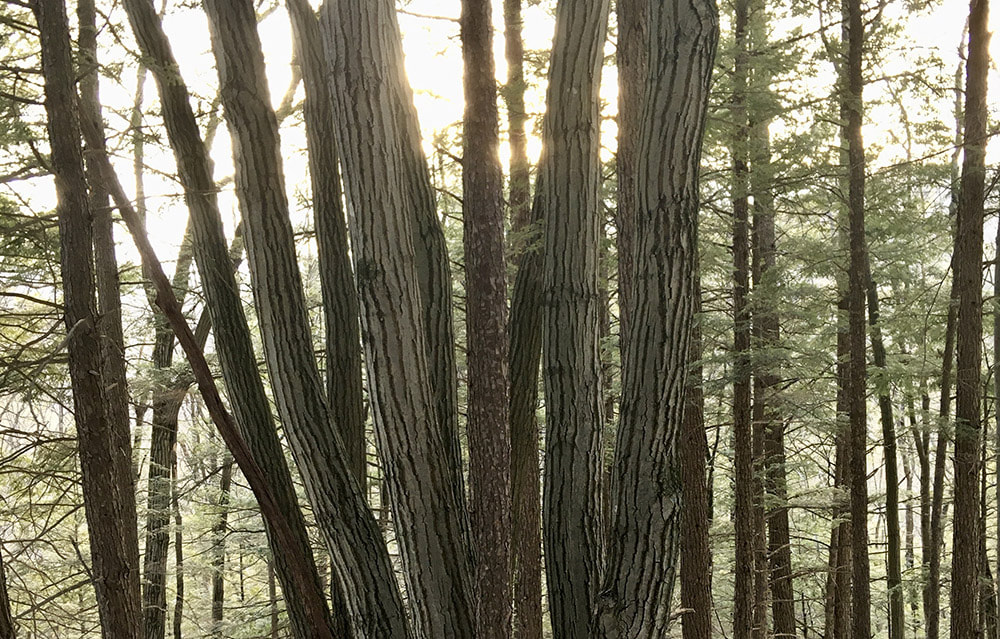
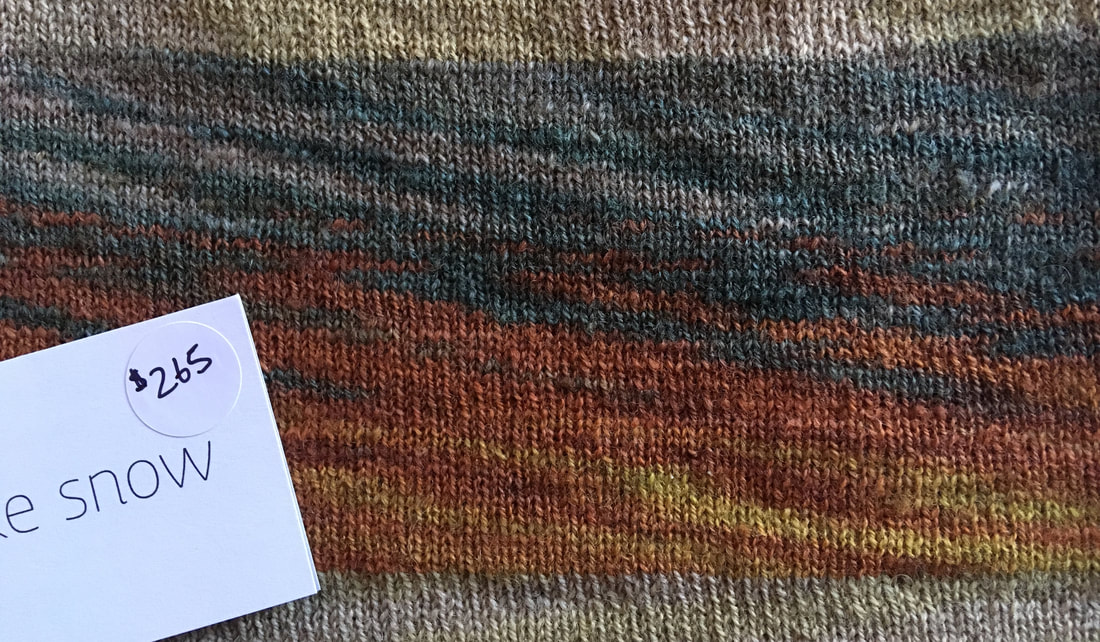
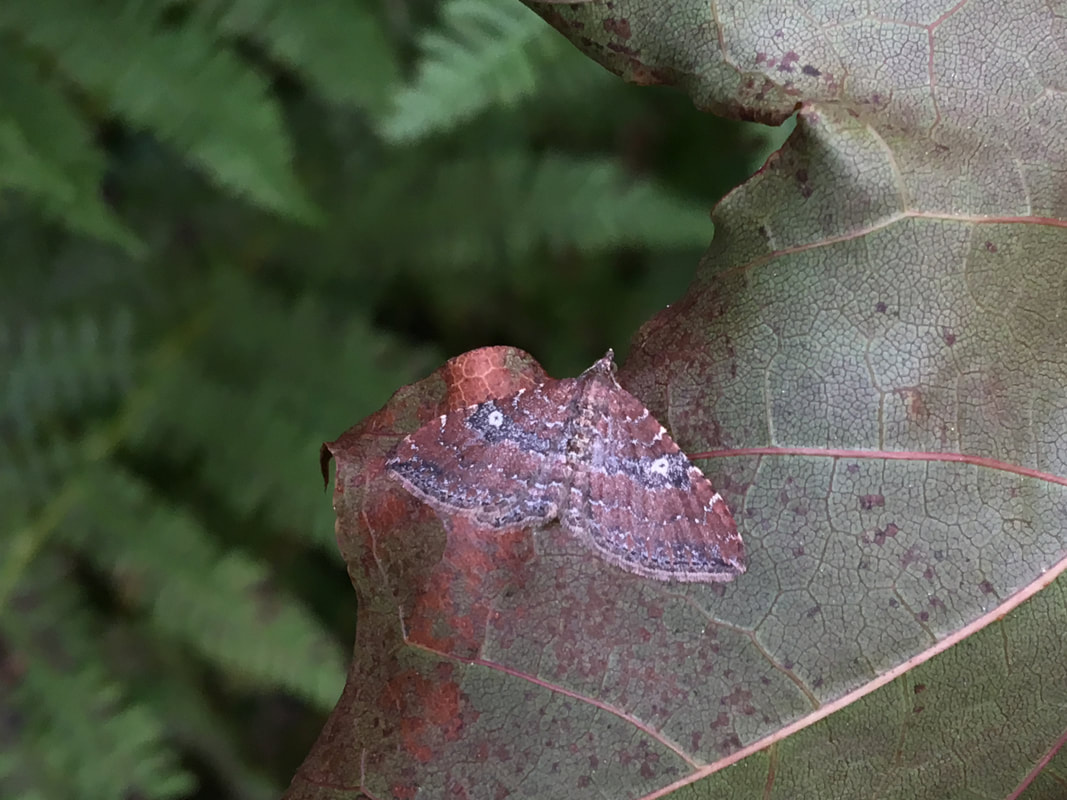
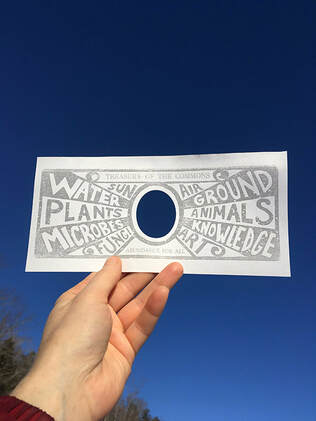
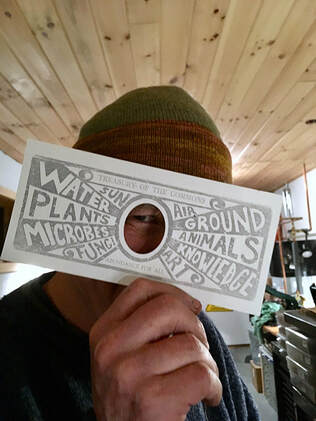

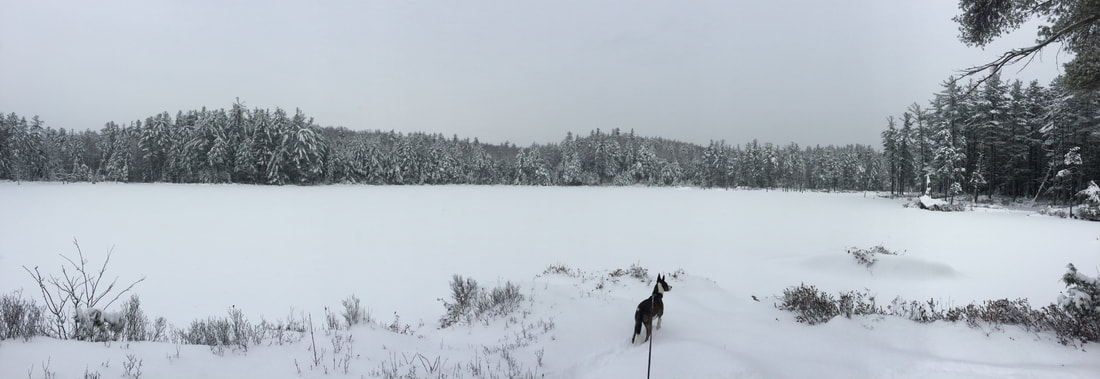
 RSS Feed
RSS Feed